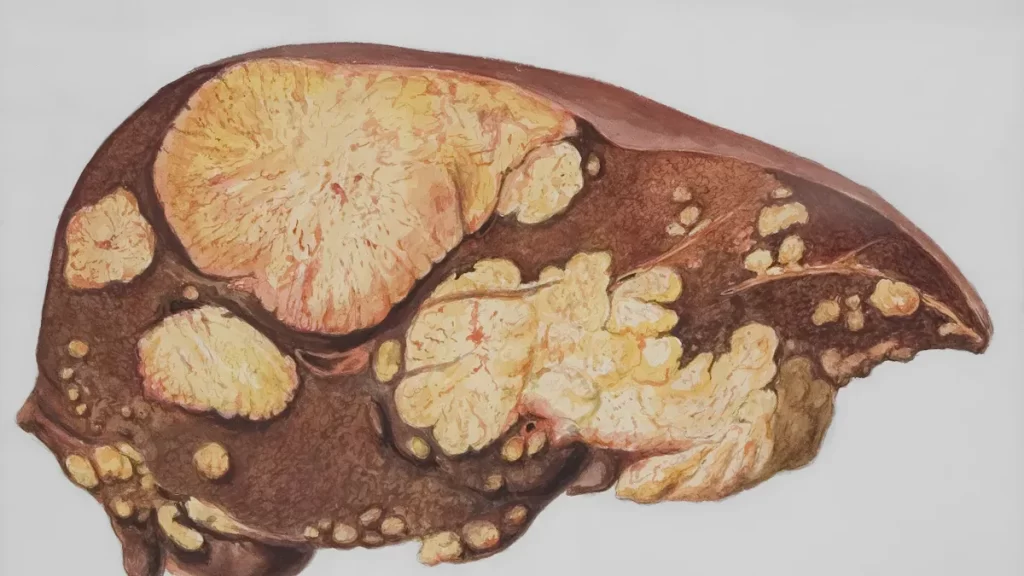News & Events
Why Doctors Rely on HCV Antibody Reflex to Quant PCR for Hepatitis C
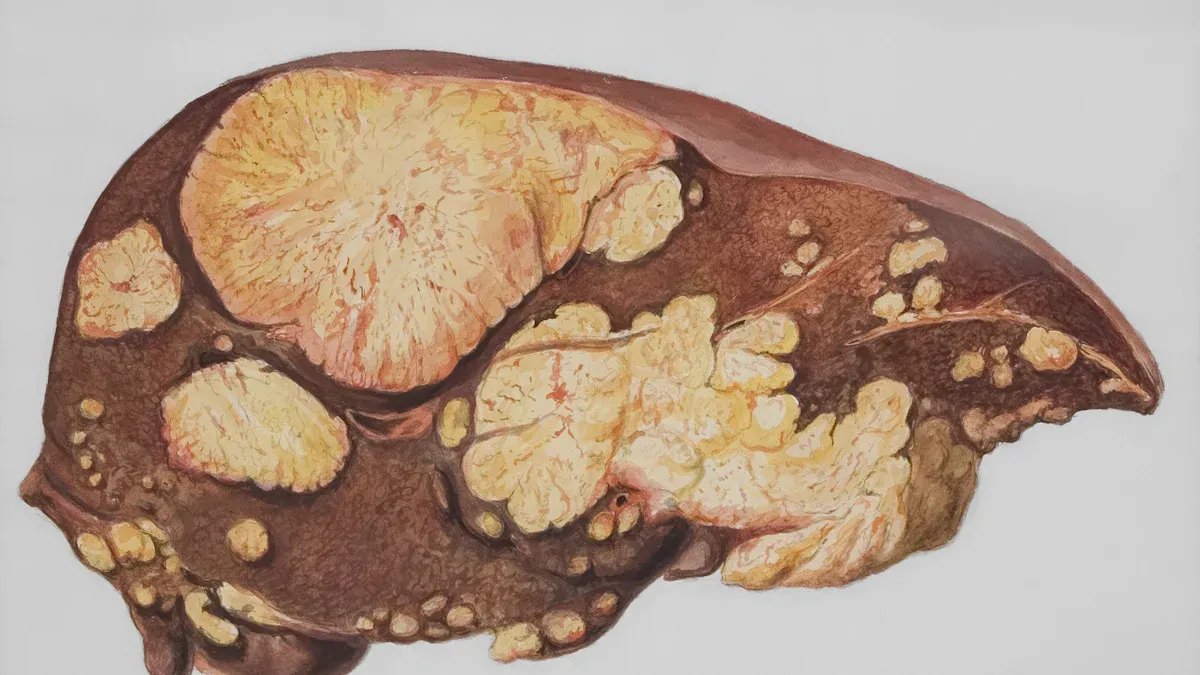
Have you ever wondered what happens after your doctor tells you that your HCV test is positive? Accurate diagnosis matters because it guides your next steps. Doctors use the hcv antibody rfx to quant pcr process for better patient care. This approach helps you avoid extra visits and blood draws, making the experience easier.
- Faster, single-visit testing means you get answers sooner.
- Immediate results support quick treatment decisions.
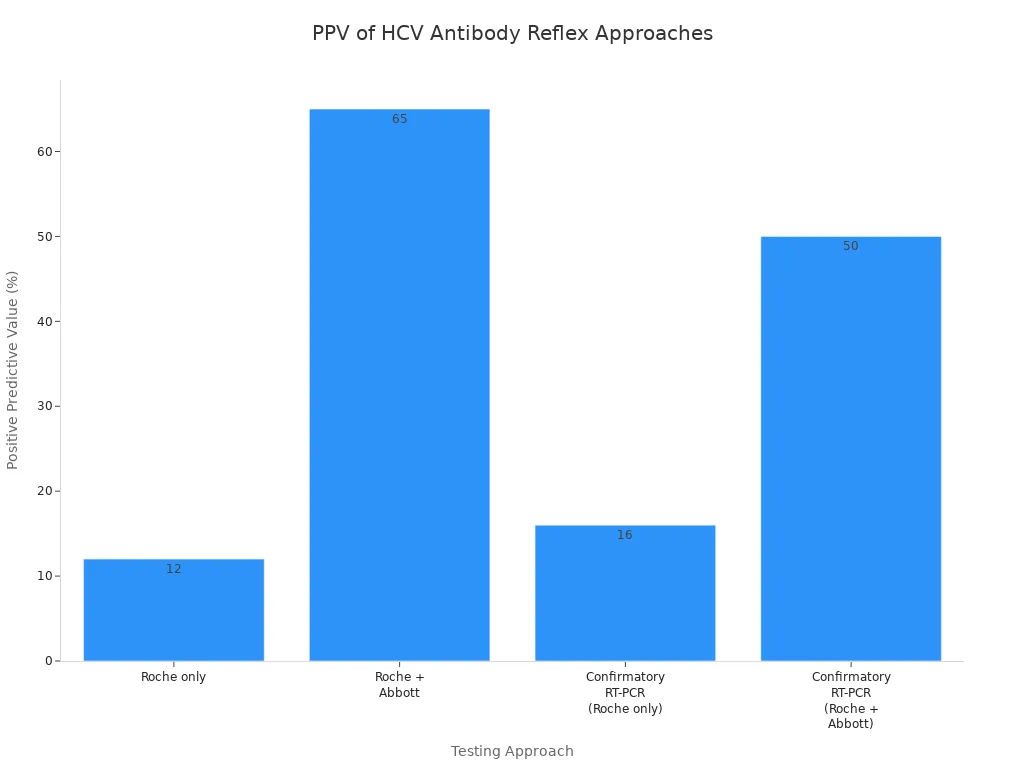
This two-step method gives reliable results, helping you get the right treatment quickly.
Key Takeaways
- HCV antibody reflex testing allows for faster diagnosis and treatment decisions, reducing the need for multiple visits.
- This two-step testing method increases the accuracy of HCV diagnosis, helping doctors provide the right care quickly.
- Early detection through reflex testing improves treatment outcomes, giving patients a better chance of curing hepatitis C.
- Streamlined testing reduces stress and waiting time, making the process easier for patients.
- Regular monitoring of HCV RNA levels during treatment helps ensure effective therapy and guides future care decisions.
HCV Testing and Reflex Workflow
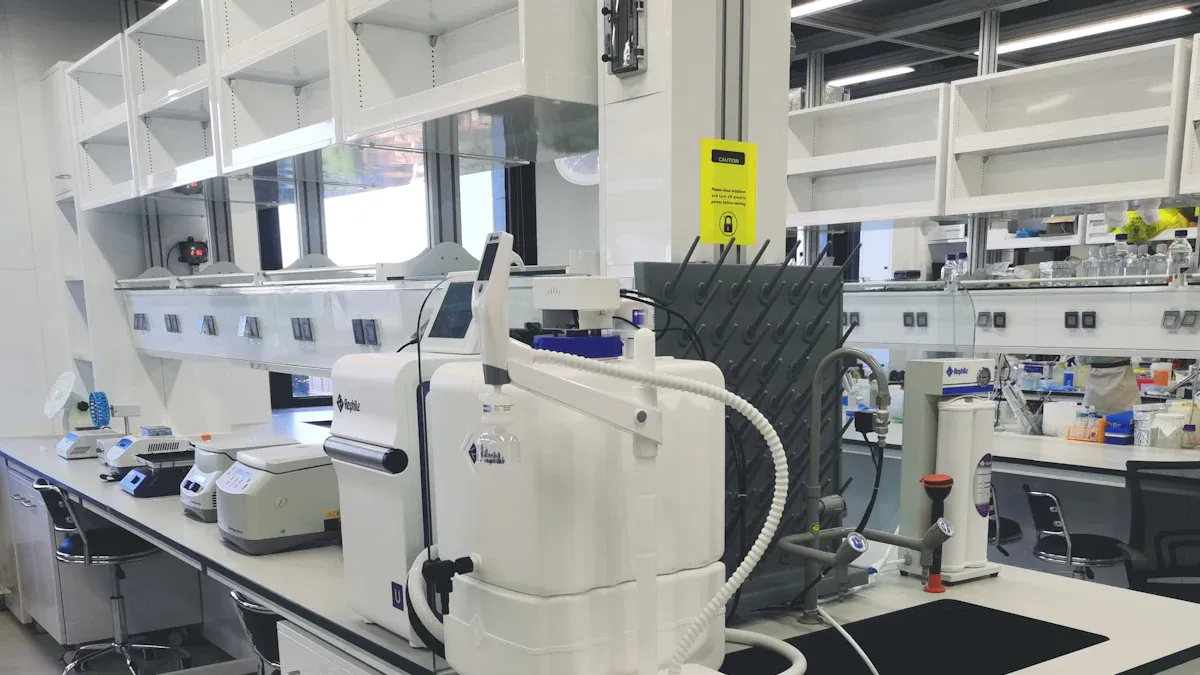
HCV Antibody Rfx to Quant PCR
You start your journey with hcv testing. The process uses a two-step algorithm called hcv antibody rfx to quant pcr. First, you get an hcv antibody test. This test checks if your body has made antibodies against hcv. If your result is positive, the lab moves to the next step without delay. The second step is a quantitative PCR test. This test looks for the actual hcv virus in your blood and measures how much is there. This helps confirm if you have an active infection.
Here is a simple table showing the steps in hcv antibody rfx to quant pcr:
| Step | Description |
|---|---|
| 1 | HCV antibody testing as the initial screening test. |
| 2 | Reflex to quantitative HCV RNA testing to confirm active infection and establish baseline viral load. |
| 3 | HCV genotype testing to inform treatment decisions and duration of therapy. |
This two-step hcv testing method gives you a more accurate diagnosis than single-step tests. The RT-PCR method, which is part of hcv antibody rfx to quant pcr, correctly classifies 99.05% of cases. This high accuracy helps your doctor make the right choices for your care.
Streamlined Patient Experience
Hcv antibody rfx to quant pcr makes hcv testing easier for you. You do not need to come back for another blood draw. The lab uses your first sample for both steps. This saves you time and reduces stress. More people complete hcv testing when the process is simple. Before reflex testing, only 55% of patients got the follow-up hcv vRNA test. After using hcv antibody rfx to quant pcr, this number jumped to 84%. This means more people get the care they need.
Hcv testing with reflex also helps clinics. It is cost-effective, especially in busy city clinics. Rapid hcv testing is preferred because it is faster and easier for you. Reflex RNA testing lowers the chance that you will be lost to follow-up. You get results and care sooner, which leads to better health outcomes.
Tip: Ask your doctor if your clinic uses hcv antibody rfx to quant pcr for hcv testing. This can help you get answers and treatment faster.
Accurate Diagnosis with HCV RNA PCR Test
Confirming Active HCV Infection
When you get tested for hepatitis C, your doctor wants to know if you have an active infection. The hcv rna pcr test helps confirm the diagnosis by detecting the genetic material of the virus in your blood. This test does not just look for antibodies. It actually finds and measures the rna of the hcv virus. You get a clear answer about whether the virus is present and active.
The hcv rna pcr test stands out because it can identify the virus even when antibody tests are not enough. Sometimes, your body may have antibodies from a past infection, but you do not have the virus anymore. The hcv rna pcr test solves this problem by showing if the virus is still in your blood. This helps your doctor make the right decisions for your care.
Doctors trust the hcv rna pcr test because it gives very accurate results. You can see how well it works in the table below:
| Metric | Value |
|---|---|
| Sensitivity | 95.05% |
| Specificity | 100% |
| Positive Predictive Value | 100% |
| Negative Predictive Value | 61.54% |
These numbers mean the hcv rna pcr test almost never misses an active infection. It also almost never gives a false positive. When you get a positive result, you can feel confident that you have an active hcv infection. This accuracy makes the hcv rna pcr test the gold standard for hcv diagnosis.
You should also know that the hcv rna pcr test has a strong link with other ways to measure the virus. Studies show a high correlation between hcv rna levels and hcv antigen levels. All positive results from the hcv antigen test are also positive with the hcv rna pcr test. This means the test is very reliable for confirming active infection.
Early Detection and Reliability
The hcv rna pcr test helps you catch hepatitis C early. It can identify the virus just a few weeks after exposure. Early detection gives you a better chance to start treatment before the virus causes liver damage. The hcv rna pcr test does not wait for your body to make antibodies. It finds the rna of the virus itself, so you get answers sooner.
Modern hcv rna pcr test technology keeps getting better. New platforms like the Genedrive instrument make the process faster and easier. These systems can detect very low levels of rna, with a limit of detection as low as 2362 IU/mL. Some new methods, like isothermal amplification, do not need expensive machines. They work quickly and can be used in clinics with fewer resources.
You can see how well these new tests perform in the table below:
| Assay Type | Sensitivity | Specificity |
|---|---|---|
| All Reagents | 100% | 100% |
| Sample Type | Sensitivity | Specificity | PPV | NPV | Kappa |
|---|---|---|---|---|---|
| DBS | 90% | 100% | 100% | 94% | 0.92 |
These results show that the hcv rna pcr test is both sensitive and specific. You get a reliable answer, whether you use a standard blood sample or a dried blood spot (DBS). This makes the hcv rna pcr test a strong tool for hcv diagnosis everywhere.
Recent advances also include rapid point-of-care tests. These use isothermal amplification and electrochemical detection to find hcv rna quickly. Some systems use cassettes that mix and move your sample through different steps. This makes the hcv rna pcr test even easier and faster for you.
Note: The hcv rna pcr test gives you the best chance for early and accurate hcv diagnosis. Ask your doctor about this test if you want to confirm the diagnosis and start treatment as soon as possible.
Role of Viral Load in Hepatitis C Care
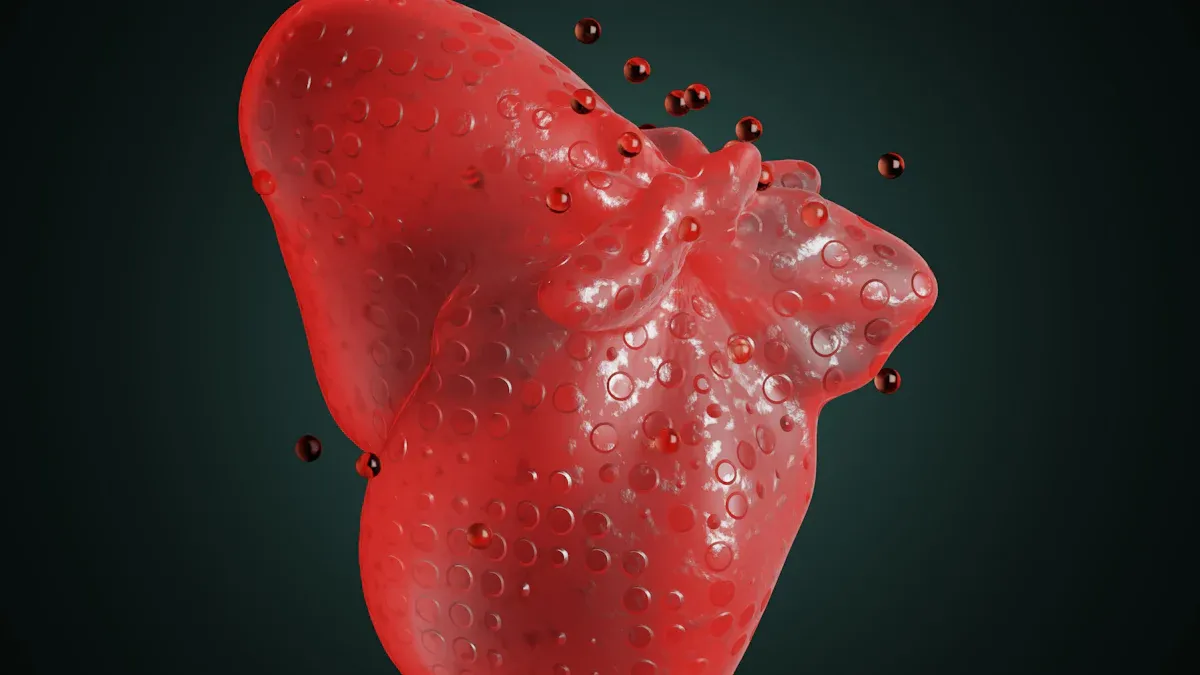
Assessing Severity with HCV RNA PCR Test
When you get tested for hepatitis c, your doctor uses the hcv RNA PCR test to measure your viral load. This test shows how much hcv is in your blood. The amount of virus, or viral load, helps your doctor understand your infection. You might wonder how labs measure this. They use different methods, each with its own sensitivity and detection limits.
| Method | Description | Sensitivity | Limit of Detection |
|---|---|---|---|
| qNAT (noncompetitive RT-PCR) | Initial commercial assay for quantifying hcv RNA | Moderate | 10 to 15 IU/ml |
| bDNA | Another early commercial assay | Moderate | 50 IU/ml |
| Real-time RT-PCR (TaqMan) | More recent and precise assay | High | 10 to 15 IU/ml |
You see that real-time RT-PCR gives the most accurate results for hcv viral load. This helps you and your doctor track changes in your hepatitis c infection over time. However, the severity of liver disease does not always match your viral load. Other factors, like how long you have had hepatitis c or your overall health, may play a bigger role in liver damage.
| Finding | Description |
|---|---|
| Severity of liver disease | Independent of serum levels of hepatitis c virus |
| Implication | Other factors may play a more significant role in liver damage |
Note: Your viral load tells your doctor about the amount of hcv in your body, but it does not always show how much damage hepatitis c has caused to your liver.
Guiding Treatment Decisions
Your hcv viral load plays a key part in planning your hepatitis c treatment. Doctors use the hcv RNA PCR test to decide when to start therapy and to check if your treatment works. Real-time PCR tests help your doctor see if your viral load drops during treatment. If your viral load goes down quickly, you have a better chance of clearing hepatitis c.
- Real-time PCR assays help doctors decide when to begin treatment for hepatitis c.
- These tests show if your viral load is dropping, which means your treatment is working.
- Doctors use these results to check for sustained virological response, which means the virus stays undetectable after treatment.
- Guidelines from experts recommend using molecular tests like PCR to guide therapy and check how well it works.
You can see how viral load monitoring helps patients reach their goals:
| Time Point | Percentage of Patients Achieving Viral Load Suppression |
|---|---|
| 4 weeks | Early suppression in most patients |
| 8 weeks | Over 90% suppression |
- Patients who have never had treatment before often reach viral suppression within four to eight weeks.
- In one study, all patients treated with sofosbuvir plus ribavirin had no detectable viral load after four weeks.
Tip: Ask your doctor how your hcv viral load results will guide your hepatitis c treatment plan. Tracking your viral load helps you and your doctor make the best choices for your health.
Impact of HCV Testing on Treatment
Therapy Choices
When you receive a positive result from hcv screening tests, your doctor uses the quantitative test to confirm hepatitis c. This step helps you get the right therapy for chronic hepatitis c. Most adults who have not received treatment before and do not have severe liver damage can choose from two main therapies for hepatitis c. You may take glecaprevir/pibrentasvir for 8 weeks or sofosbuvir/velpatasvir for 12 weeks. Both options work well and cure more than 95% of patients. You can expect the virus to become undetectable in your blood test after therapy.
Direct-acting antiviral therapy has changed how doctors treat hepatitis c. You get a shorter treatment time, fewer side effects, and better results compared to older medicines like interferon or ribavirin. Your doctor uses hcv screening tests and quantitative test results to decide which therapy fits your needs. The table below shows common therapy choices for hepatitis c:
| Therapy Option | Duration | Cure Rate | Notes |
|---|---|---|---|
| Glecaprevir/Pibrentasvir | 8 weeks | >95% | For most adults |
| Sofosbuvir/Velpatasvir | 12 weeks | >95% | For most adults |
| Older Interferon/Ribavirin | 24+ weeks | Lower | More side effects |
Tip: Ask your doctor about direct-acting antiviral therapy for hepatitis c. These medicines offer a better chance for cure and a shorter treatment time.
Monitoring Progress
You need regular monitoring during hepatitis c treatment. Your doctor uses a quantitative test to measure hcv RNA levels in your blood. This helps track how well therapy works. You get a baseline quantitative test before starting treatment. Your doctor repeats the quantitative test at 4, 12, and 24 weeks, and after you finish therapy. If your hcv RNA drops quickly, you have a rapid virological response. This means your treatment is working well.
Doctors look for an undetectable hcv RNA level 12 weeks after therapy. This result means you reached a sustained virologic response, which is considered a long-term cure for hepatitis c. If your hcv RNA does not decrease enough by week 12, your doctor may stop treatment because the chance for cure is low. You benefit from regular quantitative tests because they guide your care and help you reach the best outcome.
- You get a blood test before treatment to measure hcv RNA.
- Your doctor checks hcv RNA at set times during therapy.
- An undetectable hcv RNA at 12 weeks after therapy means you are cured.
- If your hcv RNA does not drop enough, your doctor may change your plan.
Note: Regular quantitative tests during hepatitis c therapy help you and your doctor make smart decisions. These tests show if your treatment is working and help you reach a cure.
You benefit from hcv antibody reflex to quantitative PCR because it gives you accurate diagnosis and effective treatment. When you start with an hcv antibody test, you get early detection and reliable results.
- Early detection through hcv antibody reflex testing improves your chance of cure.
- If you receive hcv antibody and RNA results in one visit, you avoid extra blood draws and reduce the risk of missing follow-up care.
- Reflex laboratory testing with hcv antibody increases the percentage of patients who get molecular confirmation from 70% to almost 97%.
- Streamlined care with hcv antibody reflex testing means you spend less time waiting and more time focusing on your health.
You can trust that hcv antibody reflex testing supports your long-term health. Proper hcv antibody testing helps you get the care you need, when you need it.
FAQ
What is the HCV antibody reflex to PCR algorithm?
You start with a screening test for hepatitis C. If the antibody test is positive, the algorithm sends your sample for PCR testing. This process checks for the presence of the virus and confirms active HCV infection in patients.
Why do doctors use both antibody and PCR tests for HCV infection?
Doctors use antibody screening to find patients who may have HCV infection. PCR testing confirms the presence of the virus. This two-step algorithm helps you know if you have an active infection, not just past exposure.
How does reflex testing help patients?
Reflex testing means you only need one blood draw. The algorithm uses your first sample for both antibody and PCR tests. This helps patients get faster answers about the presence of the virus and improves follow-up care for HCV infection.
Can antibody tests alone diagnose HCV infection?
No. Antibody screening shows if you have ever been exposed. Only PCR testing confirms the presence of the virus and active HCV infection in patients. The algorithm ensures you get the right diagnosis and treatment.
What happens if the PCR test is negative after a positive antibody test?
If PCR testing does not find the presence of the virus, you do not have an active HCV infection. The algorithm helps doctors decide if patients need treatment or just monitoring after screening.

